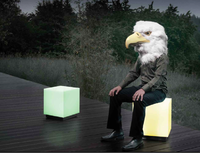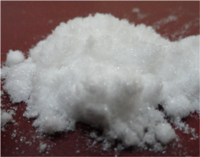Ketstrel
Jump to navigation
Jump to search
The mighty ketstrel (Falco ketimulus) is an un-majestic species of bird loosely related to the European kestrel with an almost unhealthy addiction to ketamine.
Description[edit]
The ketstrel, often distinguishable by its ruffled feathers and wonky appearance, was first discovered in 2017 in Bath, UK, by Dr. Ross. Groups of ketstrels can often be found in a gaggle during the early hours of any given weekend.
Behaviour and ecology[edit]
Below are detailed references to the ketstrel's behaviour as discovered by Dr. Ross and his professional research team, Shutts, Nem & Shift-D (PHD).
Diet and biology[edit]
- Although little is known about the ketstrel's diet, it is known that a gaggle of ketstrels can consume their own body weight in ketamine in just one session.
- A ketstrel can only last two days without ketamine.
- The un-majestic beast can last three weeks without water.
- The ketstrel can hold its breath for 10 minutes.
Environments[edit]
- Due to its severely ketamized state, the ketstrel often wonks into the nests of unsuspecting animals. The ketstrel then nurtures the eggs of the unsuspecting species, only realising their mistake once the eggs have hatched. "sorry crocodiles, wrong nest!"
- Ketstrels drown in mud. As the ketstrel lands on the boggy surface, its ketamized state often leads to the ketstrel accepting its fate, sniffing the rest of its ketamine and slowly sinking into the mud until it suffocates. Rarely the ketstrel will realise it has left its ketamine in the nest and will struggle its way to freedom.
Communication[edit]
Below are the known phonetically spelt sounds documented for the ketstrel.
- "STRR-AWW" - Used to call for tubular devices to sniff ketamine.

